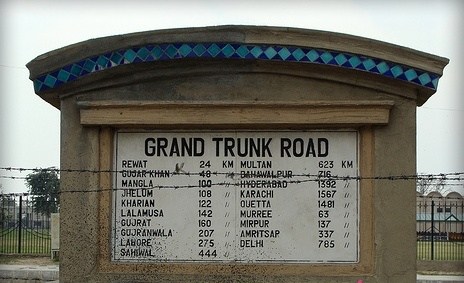The historians in post-independence India have examined the ancient Indian history through narrow lenses of political and dynastic changes. The vast geography of the country was never explored to connect the dots between the infrastructure and political changes and continuities. The emphasis has been on interpretations rather than collecting the physical pieces of evidence or exploring through the vast literature of ancient languages. The political establishment guided the historians to mould interpretations as per their needs. Government control of media and its influence on academia did not allow the diverging interpretations to come out. Lack of private and individual research without governmental support helped the government narrative to become the dominant narrative in the field of humanities and social sciences. The exploration projects and research were largely funded by the government so the political establishment controlled the narrative too.
But in recent years there has been a surge in the number of people and organizations who are exploring the Indian history and geography without governmental support and this resulted in many fresh interpretations. As per the dominant narrative the Grand Trunk Road was built by Sher Shah Suri but new researches find the idea goes back to Mahabharata period. In ancient times the road was known as Uttarapath. It was one of two major routes of ancient India, the second one being Dakshinapath which goes down south till Tamil Nadu. These two routes were the medium of trade of goods, travels of ideas, religion and people. These trade routes major meeting point remained between Varanasi and Allahabad. The Uttarapath was not just a land route because the mighty rivers also flow through along this route.
The political regimes in the country kept changing with new dynasties and rulers coming and going but the importance of these routes never dwindled because any political establishment could not find an alternative to these routes. The Uttarapath and Dakshinapath had been mentioned in many ancient Sanskrit and Prakrit texts because they had major religious importance too. Gautam Buddha, chose Sarnath to give his first sermons because it was the meeting point of both the routes back then. The rich traders, bureaucrats, and members of royalty used to visit this place frequently, so this was the best place to popularize the new ideas among influential members of the society. The Uttarapath swept across north-west India, crossed the Indo-Gangetic plains and went up to the port of Tamralipti in the Bay of Bengal. Yaksha was the deity for traders along the Uttarapath and his large statues had been found on this route.
These two routes are the reason behind stones, shells, pearls, gold, cotton cloth, and spices being found in different regions of the country and it is also mentioned in the texts of other regions. The clothes from Madurai were famous across the subcontinent. The journey of exploring the ancient Indian history does not end here, the great land should be explored further to find the hidden artifacts which will change the dominant narrative and help in new interpretations of old texts.
